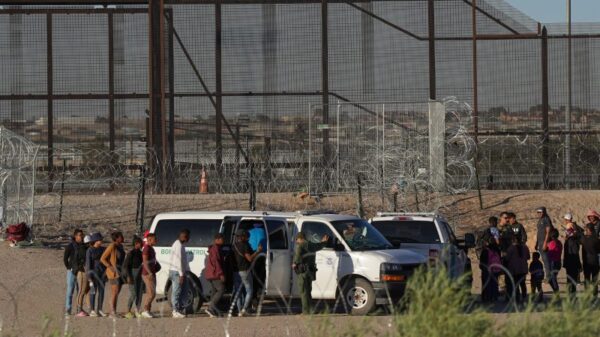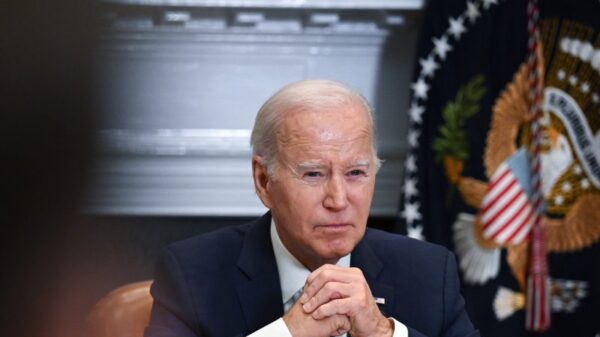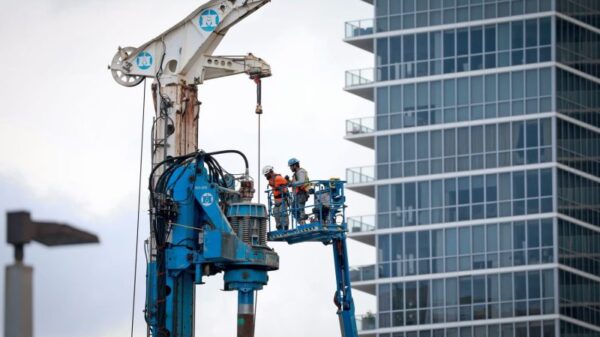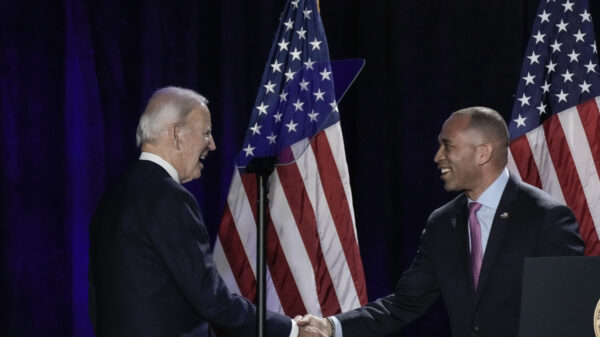The US Environmental Protection Agency (EPA) announced a rule on Monday to limit the amount of a powerful planet-warming greenhouse gas called hydrofluorocarbon (HFCs). The rule requires polluters to reduce HFCs by nearly 80 percent by 2035, in line with commitments the US made under the landmark 2016 Kigali Amendment.
The rule sets out a 3-phase approach: a freeze of HFC emissions in 2021, a 70 percent reduction by 2029, and an almost complete phase-out (79.5 percent reduction) by 2035. It applies to all large sources of HFCs, including commercial and industrial air conditioning systems, refrigerants, solvents, and aerosols.
According to EPA administrator Andrew Wheeler, the rule is “the single most important step the United States can take to reduce global HFC emissions.” EPA estimates that the rule represents an 86 million metric ton reduction in annual HFC emissions by 2035. This is equivalent to the annual emissions of about 13.9 million cars.
The rule is also the first phase of the agency’s effort to implement the Kigali Amendment, which was ratified by the US in October 2016. This agreement seeks to reduce HFCs in participating countries, including the US and other developed and developing nations. HFCs have a global warming potential thousands of times greater than carbon dioxide, and significantly contribute to climate change.































